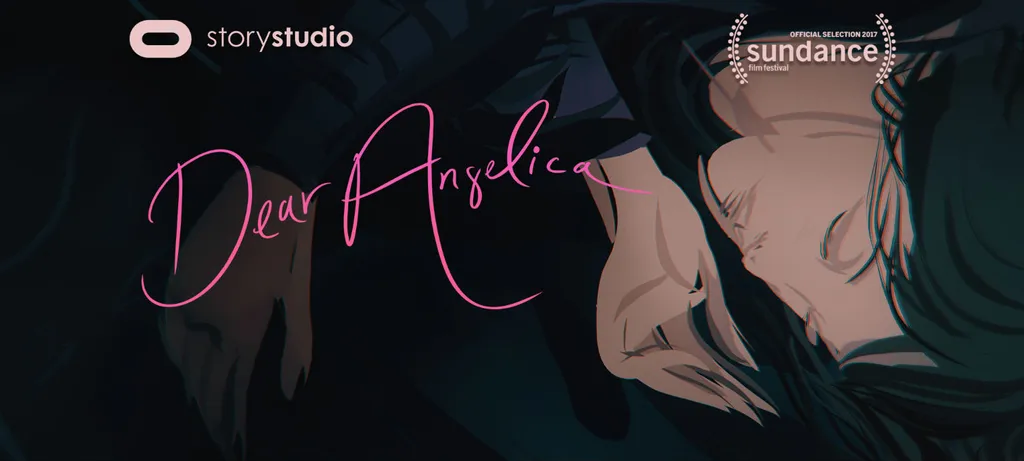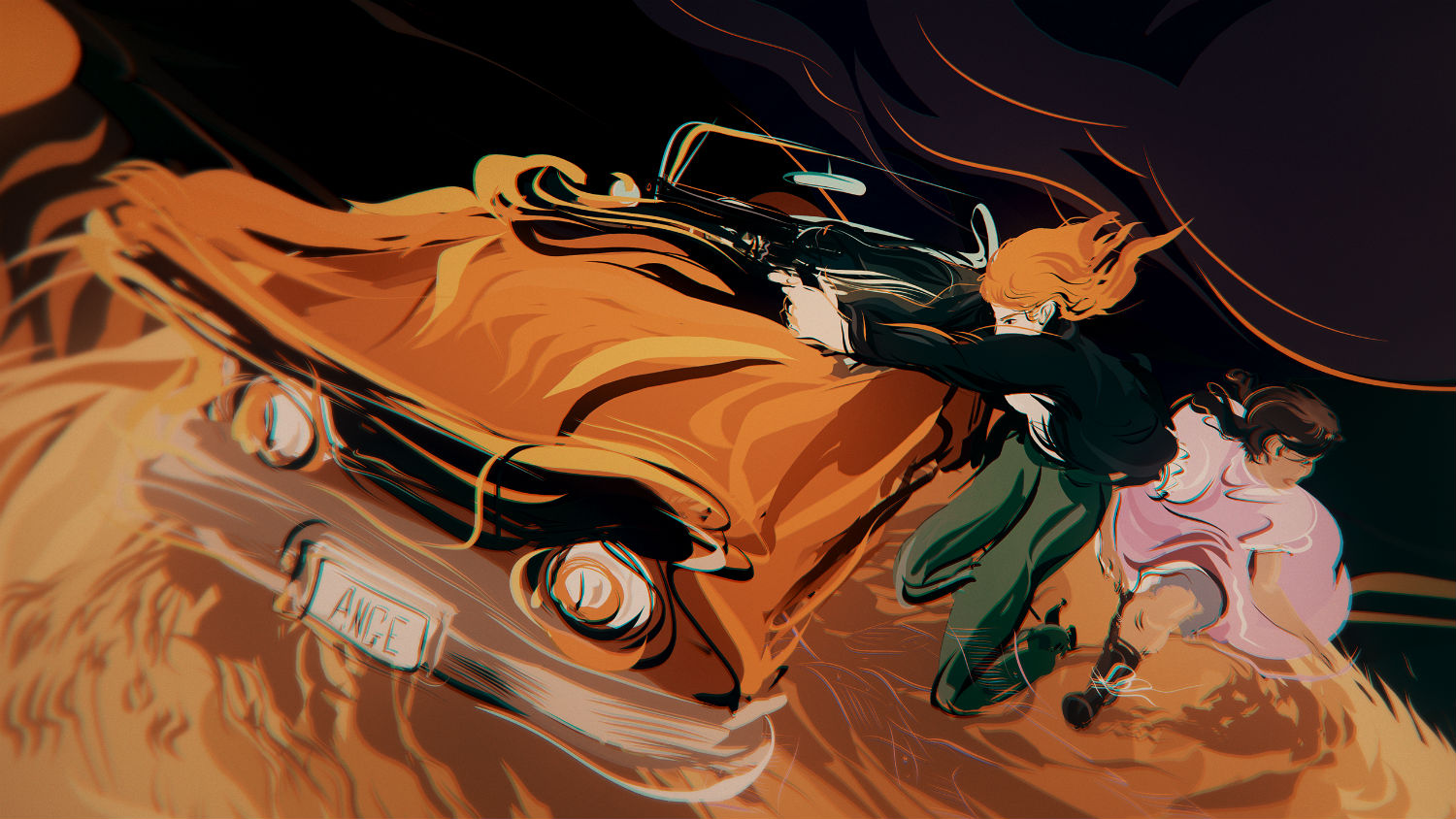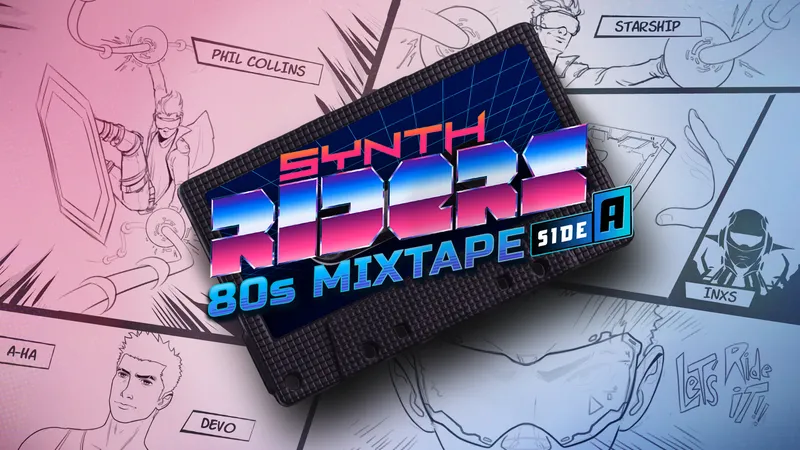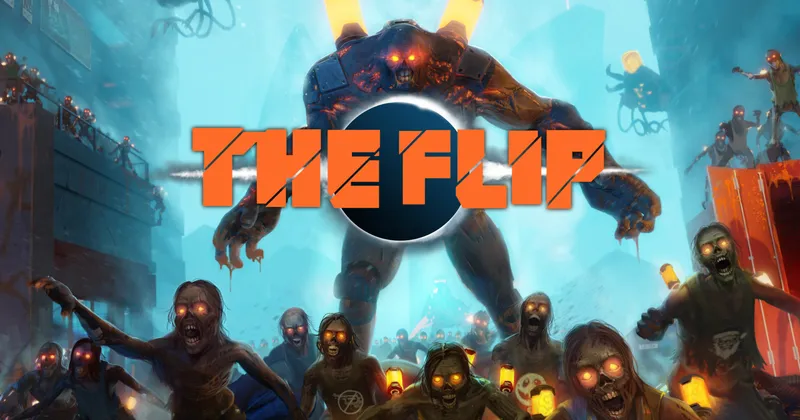It’s been almost a year since the latest round of VR headsets were released, and while hardware and technology is all fine and dandy, it doesn’t mean squat without solid experiences. That’s what 2017 is all about: content, content, content. While 2016 saw creators doing some amazing stuff in VR, 2017 is already shaping up to be the year that defines and advances the medium, and that’s exactly what Oculus Story Studio has done with Dear Angelica.
With a run time of about 12 minutes, Dear Angelica is a brief yet powerfully emotional journey like no other I’ve experienced in VR. The story of the relationship between a child and mother isn’t overly unique or full of surprises, but it is a universal narrative of connection, comfort, joy, sadness and eventually loss that everyone can relate to, and that makes for an engaging and far-reaching piece.
Dear Angelica begins in a sparse, dark room, with Jessica (Mae Whitman) burrowed in her bed writing a letter to her late mother — actress Angelica (Geena Davis) – as Jessica watches her old movies on a seemingly weightless television, a set piece that pops up again and again and acts as Jessica’s lifeline to her mother. You stand over Jessica as ribbony script appears before you, syncing with Whitman’s voiceover. It’s simultaneously intimate and detached, serene and unsettling, and I felt as if I was both an unwelcomed intruder yet trusted confidant in both Jessica’s room and mind as I heard her deepest thoughts.
While the scenes in Jessica’s room are placid and subdued, as Jessica reminisces about her mother’s movies and the time they spent together, you are hastily enveloped by a torrent of vibrant, colorful brushstrokes. Frantic images appear all around, and it’s as if you’re in the middle of a painting during creation. Tying in with the calligraphic style of the script, illustrator Wesley Allsbrook uses a ribbon-like style in her artwork which draws the eye across vast spaces, compels you to look to and fro and conveys a sense of frantic motion. It’s beautiful and overwhelming all at the same time, and I felt as if I was surrounded by an ever-growing paint tornado.
[gfycat data_id=”InexperiencedCircularBoto”]
Because of her mother’s time in the limelight, Jessica admits that she can’t always remember what was a personal family experience and what was part of one of her movies. As such, Dear Angelica moves between impossible scenes to more mundane settings such as a mother-daughter ketchup fight in a diner. The art itself even fits the emotional feeling of the piece as an ephemeral, dreamlike memory as individual ribbons contract and break up as you get closer to them, giving a sense that you can never really touch what is there. It’s all very intense and powerful. I’ve been fairly unimpressed with realistic 360-video experiences in VR thus far, but Dear Angelica’s use of animation and illustration in VR is magical. Because of this constant movement and the fact that the art is all-encompassing, I never felt at a loss for where to look nor did I feel like I was missing anything.
I was also impressed with the little details in Dear Angelica. Crouching to look under Jessica’s bed revealed a nest of dirty clothes and junk shoved in the corner, which is something you’ll never see in a flat-screen experience, and I noticed some smaller Jessicas tucked away yet still overlooking the action in certain scenes that compelled me to watch Dear Angelica multiple times to see what else I could find.
Ultimately, Dear Angelica is an emotional vehicle meant to stir the brain and heart, and the illustrations, voice acting, music, story and direction all come together impeccably to build on the poignancy of the piece. The transition from dim, quiet and mournful to vivid, chaotic and bustling then back again takes you up, up, up only to slam you forcefully into the concrete and make you face the inevitability of what Jessica is going through. The use of scale also plays a big part in the emotional impact as the colorful, movie-like scenes are portrayed with gigantic figures and the real-life, somber scenes appear as tiny, desaturated dioramas.
Dear Angelica is beautiful and brutal, heart-warming and gut-wrenching. Experiences like Dear Angelica show the power of the medium to be a conduit for emotion and empathy, and perfectly exemplify why VR is the most immersive, transformative, transportive, and powerful storytelling medium to date. This is a must-see experience, and one you should share to display the piquancy of VR storytelling.
Dear Angelica was released on January 20th, 2017 and is available for free at the Oculus Store. Check out our Review Guidelines for more information on how we arrived at this score.


























